February 16th, 2011
The Electric Pencil


 I’ve seen a fair amount of artwork created by state hospital patients over the years, but nothing quite like the collection of folk art attributed to the anonymous Electric Pencil. In the early years of the 20th century, the Electric Pencil was at the Nevada State Hospital where he (or she) created hundreds of pictures. For his canvas, the artist utilized unused pieces of outdated hospital ledger paper. With pencil and crayon, he would cover both sides of each sheet with people, buildings, automobiles, trains, boats, animals and landscapes. The artwork is “primitive” but remarkable for its detail, unique subtleties (note for example the people’s eyes in the portraits) and sheer volume.
I’ve seen a fair amount of artwork created by state hospital patients over the years, but nothing quite like the collection of folk art attributed to the anonymous Electric Pencil. In the early years of the 20th century, the Electric Pencil was at the Nevada State Hospital where he (or she) created hundreds of pictures. For his canvas, the artist utilized unused pieces of outdated hospital ledger paper. With pencil and crayon, he would cover both sides of each sheet with people, buildings, automobiles, trains, boats, animals and landscapes. The artwork is “primitive” but remarkable for its detail, unique subtleties (note for example the people’s eyes in the portraits) and sheer volume.
Although the entire collection of 283 drawings was carefully collected and sewn into a leather album at some point, it was almost lost forever. A fourteen year old boy happened to find the album in a trash heap and rescued it from oblivion in 1970. A new book reproducing the entire collection is now available from this website: Electric Pencil Drawings.
The only disappointing thing about the collection is that it doesn’t appear to contain any renderings of the Nevada Kirkbride building. There are however several images which leave little doubt that these drawings were made at the hospital. It’s really too bad that the artist didn’t attempt to reproduce the Kirkbride on paper. I’m sure he would have created a pretty compelling likeness of the structure.
The gentleman who runs the website where I learned about all this has informed me that he may have just recently gotten in touch with one of the Electric Pencil’s relatives. I hope so. It would be good to be able to put a name and history to this body of work. Watch the website for updates on this story.
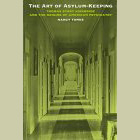
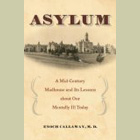
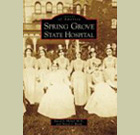

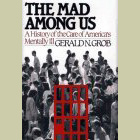
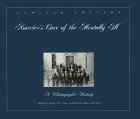
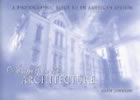
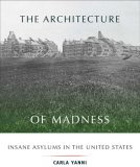
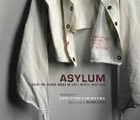
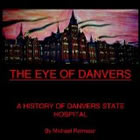

WOW! What a fascinating find. I agree I’d really love to see his/her rendition of the Kirkbride at Nevada based on the other drawings. They are definitly unique to say the least. Anyone else think it was a little odd that they’d refer to themselves as “Electric Pencil” way back in 1910?
I don’t think it’s that odd. It was probably the equivalent of calling yourself something like The Atomic Pencil in the 1950s, or The Space Pencil in the 1960s. Not sure what the equivalent would be today… The Digital Pencil? The Green Pencil?
…the IPencil?
Ha. Yeah, that’s good.
For anyone interested, here’s a write-up on recent developments in this story (the website referenced above hasn’t yet been updated): http://www.artandantiquesmag.com/2011/05/mr-deeds-goes-to-town/
The artist was a man who was committed to NSH as a teenager and was a patient there for half a century.
The Electric Pencil, or rather James Edward Deeds Jr., as we should grant him the respect of his real name,is indeed a significant find. I am currently researching the production of art created in state run asylums during the nineteenth-century. While “art therapy” was relatively common during the mid-twentieth century, the era that Deeds was active, it is well documented that patients were creating work as early the mid-nineteenth century. That said, “asylum art” of that vintage is extremely rare. If anyone is familiar with paintings, drawings, textiles, sculptures, or other artistic products created at an American asylum before about 1920 I would be very interested in hearing from them. You can reach me at the Bennington Museum, in Bennington, Vermont, where I work.